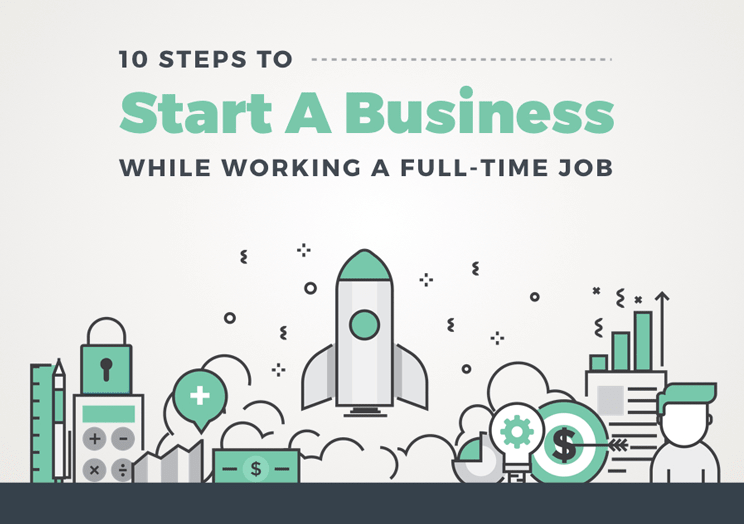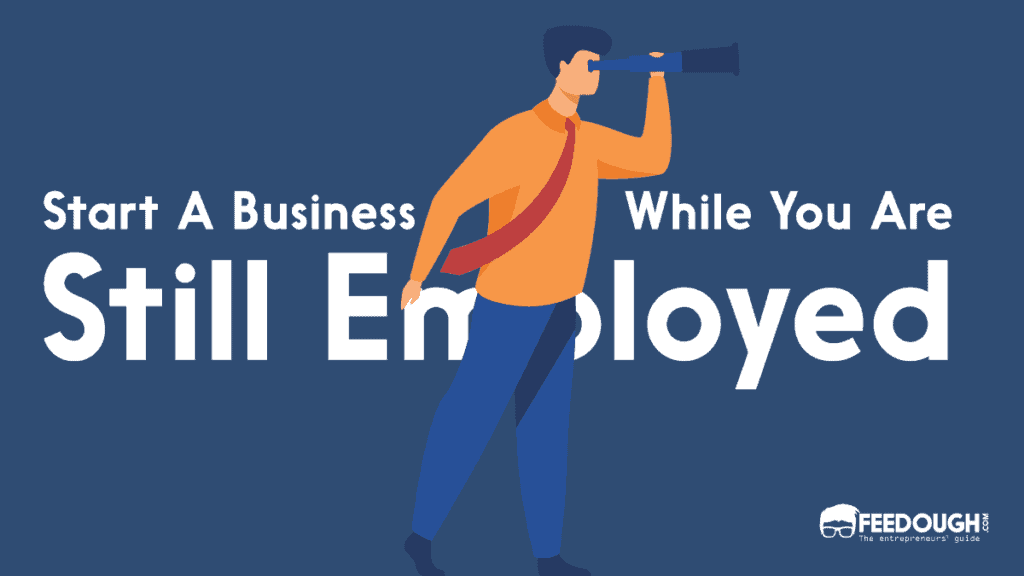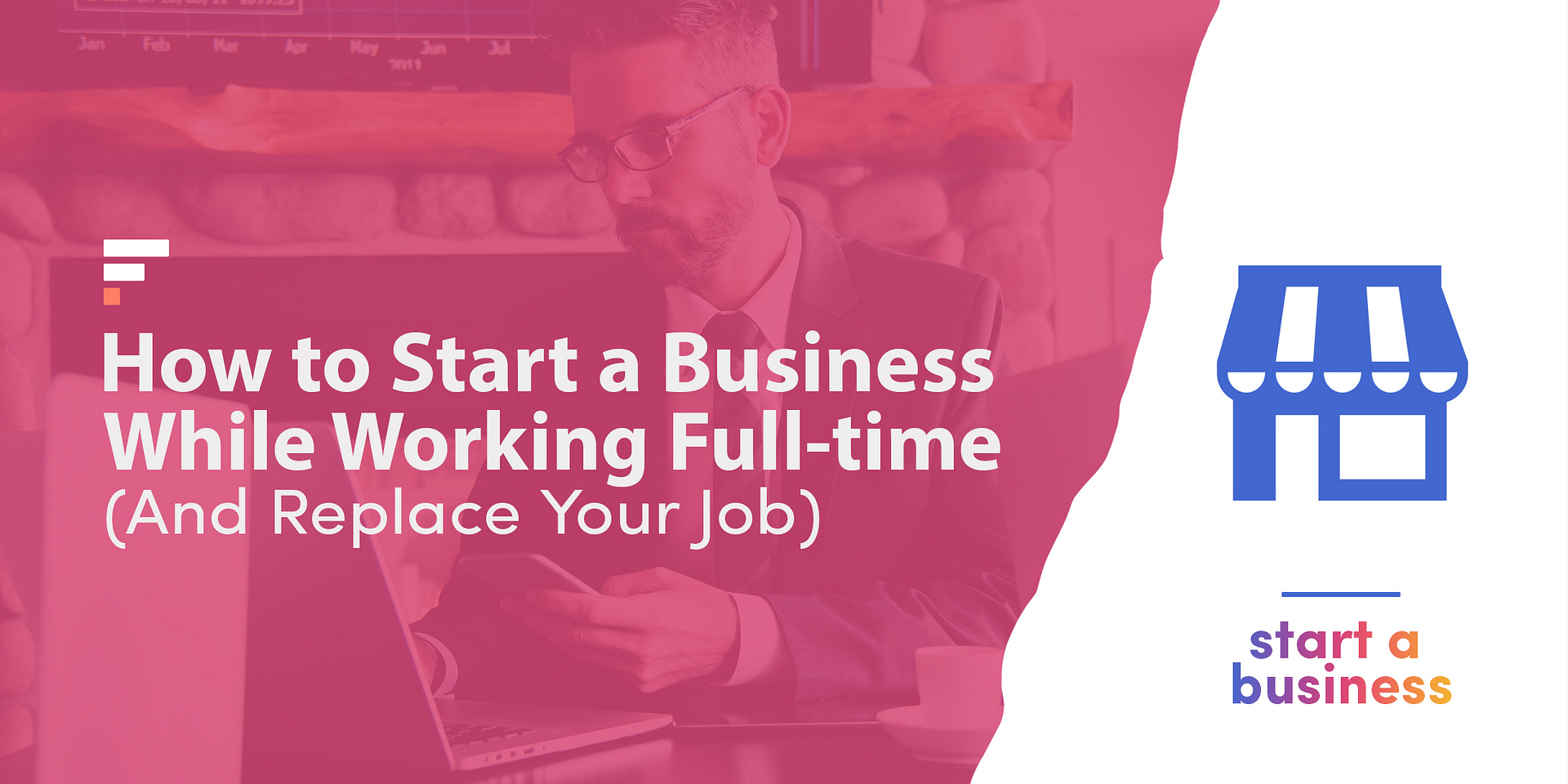Starting A Business While Employed

A growing wave of individuals are launching businesses while still holding down full-time jobs, driven by economic uncertainty and the desire for entrepreneurial independence. This trend, fueled by accessible technology and evolving work structures, presents both opportunities and challenges for employees and employers alike.
The Rise of the Side Hustle
According to a 2023 study by Zapier, approximately 40% of American adults have a side hustle. This figure underscores a significant shift in how individuals perceive work and income generation.
The motivation behind this trend ranges from supplementing income to pursuing passions and building long-term financial security. For many, it’s a strategic move to diversify income streams in an unpredictable economic climate.
Who is Doing This?
The "side hustle" entrepreneur spans all demographics, with a particularly strong presence among millennials and Gen Z. These generations are often characterized by a desire for greater control over their careers and a willingness to embrace entrepreneurial ventures.
Data from a recent Intuit study indicates that the average side hustler earns an additional $8,600 per year. This extra income can be transformative, allowing individuals to pay down debt, invest in their future, or simply improve their quality of life.
What Types of Businesses Are Emerging?
The types of businesses being launched vary widely, from e-commerce stores and freelance services to content creation and consulting. The common thread is that these ventures often leverage digital platforms and require relatively low initial investment.
Many side hustlers are turning hobbies and passions into profitable businesses. This allows them to pursue work that is both fulfilling and financially rewarding.
Where is This Happening?
This trend is not confined to any specific geographic location. The global reach of the internet allows individuals to start and grow businesses from anywhere with an internet connection.
However, certain metropolitan areas with vibrant tech and entrepreneurial ecosystems tend to foster a higher concentration of side hustlers. Places like Silicon Valley, New York City, and Austin are hubs for innovation and entrepreneurial activity.
When is the Best Time to Start?
The best time to start a business while employed is when you have a clear business plan, sufficient time and resources to dedicate to the venture, and a supportive personal network. Careful planning and preparation are crucial for success.
Many experts recommend starting small and scaling gradually as the business gains traction. This approach minimizes risk and allows individuals to learn and adapt along the way.
How Can You Manage Both?
Managing a full-time job and a side business requires careful time management, prioritization, and delegation. It's essential to establish clear boundaries and avoid conflicts of interest.
Utilizing productivity tools and outsourcing tasks can help to streamline operations and free up time for more strategic activities. Open communication with employers is also critical to ensure transparency and avoid misunderstandings.
Some companies are embracing the side hustle trend, recognizing that it can foster creativity and innovation among their employees. Others, however, may have policies in place that restrict or prohibit outside business activities.
Legal and Ethical Considerations
Before launching a business while employed, it's crucial to review your employment contract and company policies to ensure compliance. Non-compete agreements and intellectual property clauses can have significant implications.
It's also important to avoid using company resources or time for personal business ventures. Maintaining transparency and ethical conduct is essential for preserving your professional reputation.
Looking Ahead
The trend of starting a business while employed is likely to continue to grow in the coming years. As technology continues to evolve and the gig economy expands, more individuals will seek opportunities to supplement their income and pursue entrepreneurial ventures.
Employers will need to adapt to this changing landscape by developing clear policies and fostering a culture that supports innovation and creativity. The key is to find a balance that benefits both employees and the organization as a whole.
Individuals considering launching a side business should carefully assess their motivations, resources, and legal obligations. With careful planning and execution, it is possible to successfully navigate the challenges and reap the rewards of entrepreneurship while maintaining a stable job.


















